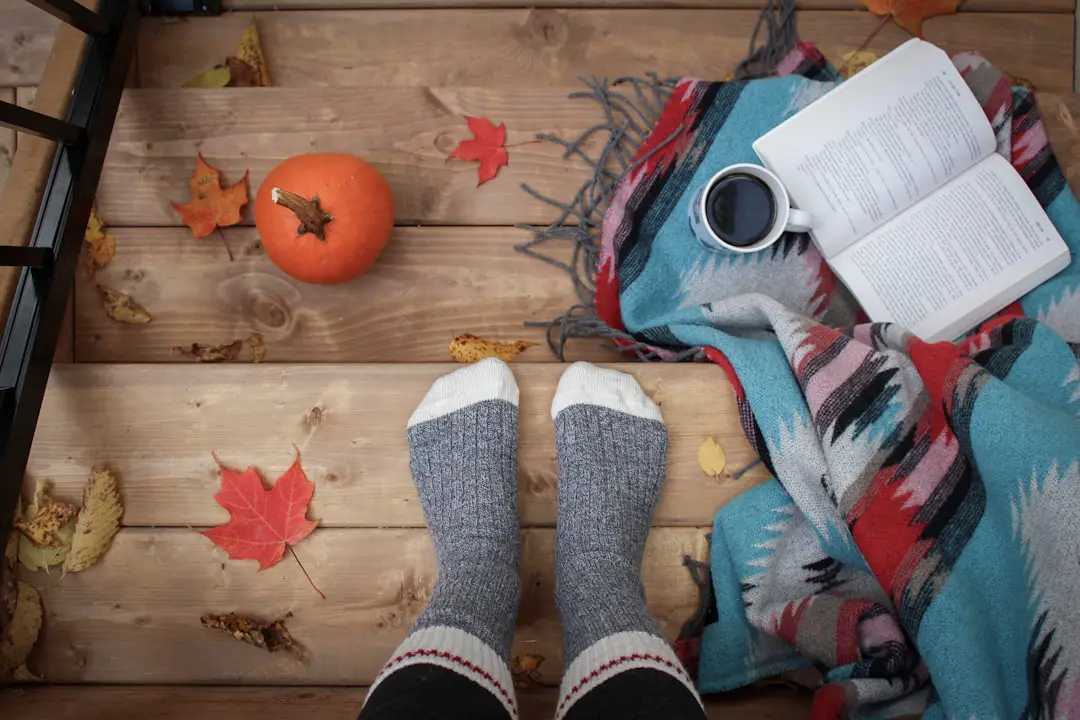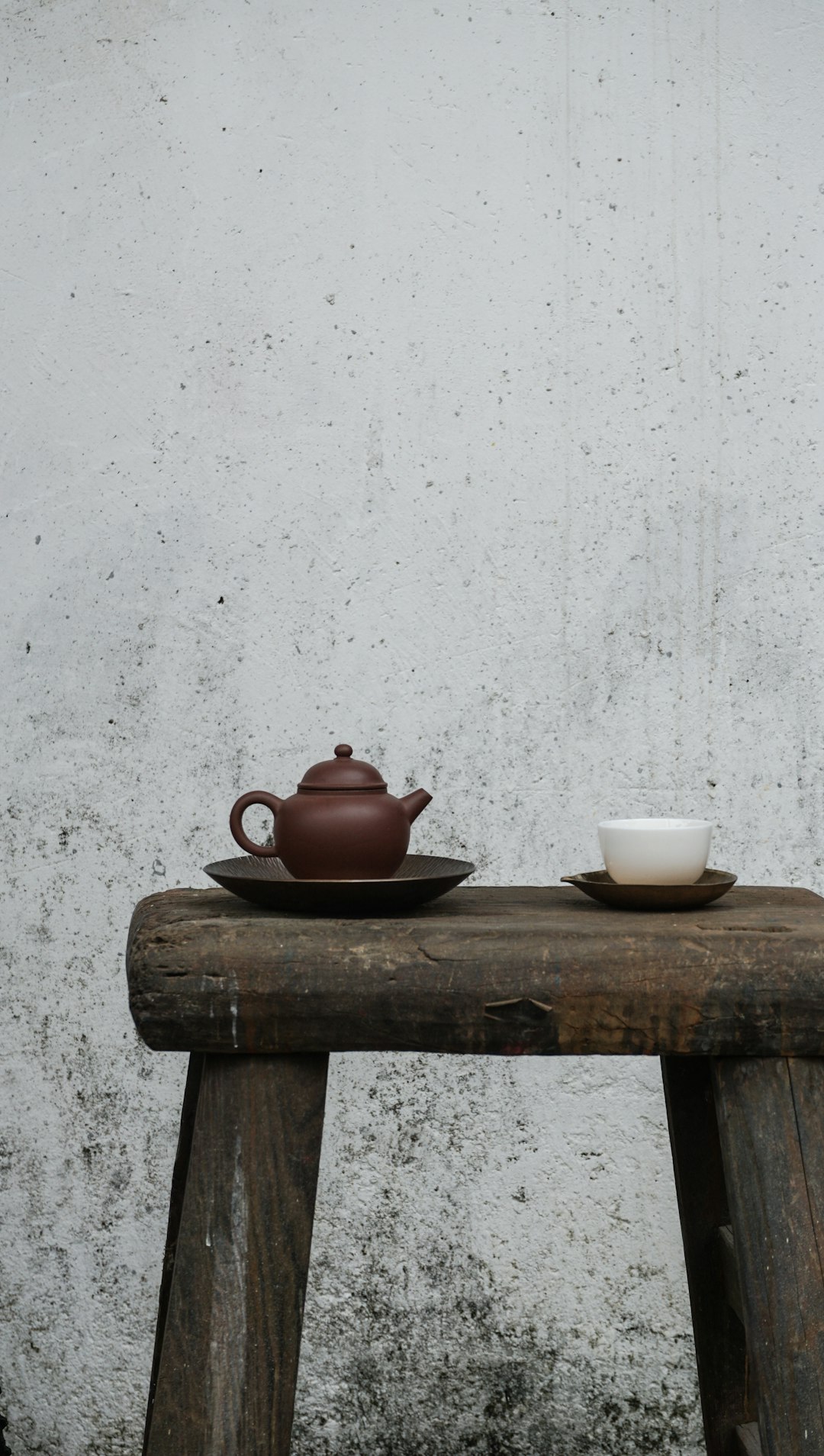Support our educational content for free when you purchase through links on our site. Learn more
Can You Really Grow Tea in Ohio? 10 Surprising Tips for Success [2024] 🍵

Have you ever sipped a warm cup of tea and wondered, “Could I grow this right in my backyard?” Well, if you live in Ohio, you might think the answer is a resounding no. But what if we told you that with a little creativity and the right approach, you can cultivate your very own tea plants right here in the Buckeye State? 🌱
Imagine stepping outside on a crisp morning, plucking fresh tea leaves from your garden, and brewing a fragrant cup of green tea – all while the Ohio sun rises over your backyard. Sounds dreamy, right? In this article, we’ll dive deep into the ins and outs of growing tea in Ohio, covering everything from the best varieties to soil requirements and winter protection. So grab your gardening gloves, and let’s get started on this aromatic journey!
Key Takeaways
- Ohio’s Climate is Challenging but Not Impossible: While Ohio falls into USDA Zone 6, container gardening allows you to successfully grow tea plants.
- Choose Cold-Hardy Varieties: Opt for Camellia sinensis hybrids, which can tolerate lower temperatures and are perfect for Ohio’s climate.
- Soil Matters: Tea plants thrive in slightly acidic, well-draining soil. Testing and amending your soil is crucial for success.
- Container Gardening is Key: Use large containers to provide a controlled environment, ensuring your tea plants can be moved indoors during winter.
- Monitor for Pests and Diseases: Regularly check your plants for common issues, and take preventative measures to keep them healthy.
Ready to start your tea-growing adventure? Shop for Tea Plant Seeds on Amazon or Etsy and get your garden blooming! 🌼
Table of Contents
- Quick Tips and Facts About Growing Tea in Ohio
- Is Ohio Suitable for Tea Cultivation?
- The Best Tea Varieties for Ohio’s Climate
- Soil Requirements for Growing Tea Plants in Ohio
- Optimal Growing Conditions: Sunlight, Water, and Temperature
- Planting and Caring for Your Tea Plants
- Pest and Disease Management for Ohio Tea Growers
- Harvesting and Processing Your Tea Leaves
- The Benefits of Homegrown Tea in Ohio
- Expert Insights on Growing Tea in Ohio
- Common Challenges and Solutions for Ohio Tea Growers
- Conclusion
- Recommended Links
- FAQ
- Reference Links
Quick Tips and Facts About Growing Tea in Ohio #quick-tips-and-facts-about-growing-tea-in-ohio
So, you’re dreaming of sipping a cup of homegrown tea as you gaze out at your Ohio garden? 🍵 That’s awesome! We at Growing Teas™ are all about turning tea dreams into reality, even in places where tea plants aren’t exactly lining the streets.
Here’s the tea (pun intended!): growing tea in Ohio is totally doable, but it does require a bit of a green thumb and a dash of ingenuity. 😉 Think of it like this – you’re not just growing a plant, you’re embarking on a horticultural adventure! 🌱
Can You Grow Tea in Ohio?
The short answer is: yes, but with a caveat. Most tea varieties (think Camellia sinensis) prefer the balmy embrace of USDA Plant Hardiness Zones 7-9. Ohio, my friend, tends to fall into Zone 6.
“But wait,” you say, “does that mean my tea-growing dreams are dashed?”
Not at all! It just means we need to get a tad creative. Enter the magic of container gardening!
Container Gardening: Your Ohio Tea Oasis
Think of containers as your tea plants’ personal, portable oases. You can move them around to catch those precious rays of sunshine ☀️ and whisk them indoors when winter decides to make an appearance. ❄️
Here are some quick-fire tips for container-grown tea in Ohio:
- Choose the right container: Aim for a minimum size of 25 gallons. Remember, your tea plant wants to stretch its roots!
- Potting mix is key: Tea plants are divas when it comes to soil. They crave well-draining, slightly acidic soil. A good potting mix with some added compost will keep them happy.
- Water wisely: Tea plants like their soil moist but not soggy. Water deeply when the top inch of soil feels dry.
- Fertilize regularly: Give your tea plants a nutritional boost with a balanced fertilizer during the growing season.
- Protect from frost: Ohio winters can be brutal. Bring your tea plants indoors to a bright location before the first frost hits.
Choosing the Right Tea Variety
Not all tea varieties are created equal when it comes to handling Ohio’s climate. Our top recommendation for Ohio tea enthusiasts is the Camellia sinensis hybrid. This hardy variety can tolerate cooler temperatures and even rewards you with a delightful, sweet-tasting tea that falls somewhere between green and black tea.
How to Make Tea from Camellia Sinensis 2024
Ready to Embark on Your Ohio Tea-Growing Adventure?
We’ll delve deeper into the specifics of growing tea in Ohio in the following sections, covering everything from soil requirements to pest control. Get ready to become an Ohio tea-growing pro!
Is Ohio Suitable for Tea Cultivation? #is-ohio-suitable-for-tea-cultivation
Let’s address the elephant in the room – Ohio’s climate isn’t exactly the tropical paradise tea plants dream of. But hey, who needs a tropical paradise when you have the Buckeye State’s charm? 😉
Understanding Ohio’s Climate Challenges
Ohio experiences distinct seasons, with hot, humid summers and cold, often snowy winters. While tea plants can handle some heat, those freezing temperatures can be a real buzzkill. 🥶
Here’s a breakdown of the key climate challenges for tea cultivation in Ohio:
- Winter Hardiness: Most tea varieties are only hardy down to Zone 7, while Ohio falls in Zone 6. This means those chilly winters can spell doom for unprotected tea plants.
- Temperature Fluctuations: Ohio’s weather can be a bit unpredictable, with sudden temperature swings, especially in spring and fall. These fluctuations can stress tea plants and hinder their growth.
- Sunlight Hours: While tea plants love sunshine, they also need some shade, especially during the hottest part of the day. Ohio’s summer days can be long and intense, requiring some strategic shading.
Container Gardening to the Rescue!
Don’t despair, Ohio tea enthusiasts! Container gardening is here to save the day (and your tea plants!). By growing your tea in containers, you gain the flexibility to:
- Overwinter Indoors: When those frosty winds start blowing, simply bring your tea containers indoors to a bright location. Think of it as giving your tea plants a cozy winter vacation!
- Optimize Sunlight Exposure: Move your containers throughout the day to ensure your tea plants receive the perfect balance of sunlight and shade. A sunny south-facing window is a great spot for wintering tea plants.
- Control Soil Conditions: Tea plants are picky about their soil, and container gardening allows you to create the perfect blend of drainage, acidity, and nutrients.
Tip: Choose large containers (at least 25 gallons) to give your tea plants ample room to grow.
Ohio Tea Growers: You’ve Got This!
While Ohio’s climate may present a few hurdles, container gardening empowers you to create a microclimate where your tea plants can thrive. With the right care and attention, you’ll be sipping your homegrown Ohio tea in no time!
👉 CHECK PRICE on:
The Best Tea Varieties for Ohio’s Climate #the-best-tea-varieties-for-ohios-climate
Choosing the right tea variety is crucial for success in Ohio’s climate. You want a plant that can handle those temperature swings like a champ! 🏆 Here at Growing Teas™, we’ve got you covered with the top contenders for your Ohio tea garden:
1. Camellia sinensis Hybrids: The Cold-Hardy Champions
Camellia sinensis hybrids, like the name suggests, are specially bred for their resilience and adaptability. These tea superstars can tolerate cooler temperatures than their traditional counterparts, making them ideal for Ohio’s fickle climate.
Here’s why we love Camellia sinensis hybrids for Ohio:
- Increased Cold Tolerance: These hybrids can withstand temperatures as low as -10°F, giving you peace of mind during those Ohio winters.
- Versatile Flavor Profile: Depending on the hybrid, you can enjoy a range of flavors, from delicate green tea notes to robust black tea characteristics.
- Adaptable to Container Gardening: These hybrids thrive in containers, making them perfect for Ohio gardeners who need to overwinter their tea plants indoors.
Popular Camellia sinensis Hybrids:
- ‘Korean’: Known for its cold hardiness and ability to produce both green and black teas.
- ‘Zhejiang’: A Chinese variety that’s highly prized for its delicate, floral aroma.
- ‘Assamica’ x ‘Sinensis’ Hybrids: These hybrids offer a wide range of flavor profiles and can tolerate cooler temperatures than pure Assamica varieties.
👉 Shop Camellia sinensis Hybrids on:
- Fast Growing Trees: Fast Growing Trees
2. Camellia sinensis var. sinensis: The Small but Mighty Option
If you’re short on space or prefer a smaller tea plant, Camellia sinensis var. sinensis might be your perfect match. This variety is known for its slow growth habit and compact size, making it ideal for container gardening.
Here’s what makes Camellia sinensis var. sinensis stand out:
- Compact Size: This variety typically grows to a manageable 3-6 feet tall, making it perfect for patios, balconies, or even sunny windowsills.
- Cold Tolerance: While not as cold-hardy as some hybrids, Camellia sinensis var. sinensis can tolerate temperatures down to 0°F with proper protection.
- Classic Green Tea Flavor: This variety is the source of many beloved green teas, offering a delicate, slightly grassy flavor.
👉 Shop Camellia sinensis var. sinensis on:
- Burpee Seeds: Burpee Seeds
3. Experimenting with Other Tea Varieties
While Camellia sinensis hybrids and Camellia sinensis var. sinensis are our top picks for Ohio, adventurous tea enthusiasts can experiment with other varieties, such as:
- ‘Yabukita’: A popular Japanese green tea variety known for its high yield and umami-rich flavor.
- ‘Benifuuki’: A Japanese cultivar prized for its high levels of methylated catechins, which are believed to offer health benefits.
- ‘Tieguanyin’: A Chinese oolong tea variety known for its floral aroma and complex flavor profile.
Remember: When experimenting with other tea varieties, it’s crucial to provide adequate winter protection and monitor their growth closely.
Ohio tea growers, it’s time to choose your tea champion and embark on your growing journey!
Soil Requirements for Growing Tea Plants in Ohio #soil-requirements-for-growing-tea-plants-in-ohio
Tea plants are a bit like Goldilocks – they like their soil just right! Too dense, and their roots can’t breathe. Too alkaline, and they throw a tantrum (or at least, stop growing).
Here’s the lowdown on creating the perfect soil blend to keep your Ohio tea plants happy:
Soil pH: The Acidity Factor
Tea plants thrive in slightly acidic soil, with a pH range of 4.5 to 6.0. Why the sourpuss preference? Acidic soil helps tea plants absorb essential nutrients, like iron and magnesium, more effectively.
Testing Your Soil:
Before you even think about planting, get your soil tested! You can purchase a soil testing kit online or contact your local county extension office for assistance.
Adjusting Soil pH:
- To lower pH (make it more acidic): Amend your soil with elemental sulfur, aluminum sulfate, or organic matter like peat moss or compost.
- To raise pH (make it less acidic): Add ground limestone to your soil.
Drainage: Preventing Soggy Bottoms
Tea plants hate soggy feet just as much as we do! Good drainage is essential to prevent root rot and other moisture-related problems.
Improving Soil Drainage:
- Amend with organic matter: Adding compost, peat moss, or well-rotted manure to your soil improves its structure and drainage.
- Create raised beds: If you’re dealing with heavy clay soil, consider planting your tea in raised beds to improve drainage.
- Choose containers with drainage holes: This is crucial for container-grown tea plants. Make sure the container has plenty of drainage holes to prevent water from pooling at the bottom.
Soil Texture: Striking the Right Balance
The ideal soil for tea plants is loose, crumbly, and well-aerated.
Achieving the Perfect Texture:
- Sandy Soil: Amend with organic matter to improve moisture retention.
- Clay Soil: Amend with sand or grit to improve drainage.
- Loam Soil: You’re in luck! Loam soil is ideal for tea plants, but adding compost will further enhance its fertility.
Ohio Tea Growers: Soil Savvy!
By understanding your soil’s pH, drainage, and texture, you can create the perfect growing environment for your tea plants. Remember, a happy root system equals a happy tea plant!
👉 Shop Soil Testing Kits on:
- Amazon: Amazon
Stay tuned for our next section, where we’ll delve into the optimal growing conditions for tea plants in Ohio!
Conclusion #conclusion

So, there you have it, Ohio tea aficionados! 🌟 Growing tea in Ohio is not just a dream; it’s a tangible reality that requires a bit of creativity, patience, and the right approach. While the climate presents some challenges, especially with cold winters, container gardening opens up a world of possibilities. By choosing the right varieties, understanding soil requirements, and providing the necessary care, you can cultivate your own delicious tea right in your backyard (or balcony!).
Positives:
- Container gardening allows flexibility in dealing with Ohio’s climate.
- Camellia sinensis hybrids are cold-hardy and adaptable.
- A rewarding experience that leads to homegrown tea enjoyment!
Negatives:
- Requires careful monitoring of soil conditions and watering.
- Potential challenges with winter protection for outdoor plants.
- Limited variety choices compared to warmer climates.
In summary, if you’re ready to roll up your sleeves and dive into the world of tea cultivation, we wholeheartedly recommend giving it a shot! With the right knowledge and tools, you’ll be sipping on your very own Ohio-grown tea before you know it! 🍵✨
Recommended Links #recommended-links
👉 Shop Tea-Related Products:
Books on Tea Cultivation:
FAQ #faq

What zone can you grow tea in? #what-zone-can-you-grow-tea-in
Tea plants generally thrive in USDA Plant Hardiness Zones 7-9. However, with proper care and container gardening techniques, you can successfully grow them in Zone 6, like in much of Ohio.
Can tea plants survive winter? #can-tea-plants-survive-winter
Tea plants can survive winter, but they need protection in colder climates. In Ohio, it’s best to bring container-grown tea plants indoors during the winter months to shield them from frost and freezing temperatures.
Read more about “… What Zones Can Tea Plants Grow In? A Comprehensive Guide”
What states can you grow tea? #what-states-can-you-grow-tea
Tea can be grown in states with warmer climates, such as California, Florida, and parts of Hawaii. However, with the right techniques, you can also grow tea in cooler states like Ohio, Pennsylvania, and even parts of New England using container gardening.
Is it hard to grow tea plants? #is-it-hard-to-grow-tea-plants
Growing tea plants isn’t particularly hard, but it does require attention to detail. You need to monitor soil conditions, provide adequate sunlight, and protect them from extreme temperatures. With the right knowledge and care, anyone can grow tea!
Read more about “🌱 Grow Your Own Tea Garden! 10+ Tea Plant Seeds to Plant at Home …”
What are the best tea varieties for colder climates? #what-are-the-best-tea-varieties-for-colder-climates
The best tea varieties for colder climates include cold-hardy hybrids of Camellia sinensis, such as ‘Korean’ and ‘Zhejiang’. These varieties are bred to withstand lower temperatures and can thrive in container gardens.
How often should I water my tea plants? #how-often-should-i-water-my-tea-plants
Tea plants prefer consistent moisture but dislike soggy soil. Water them deeply once a week, and adjust based on the weather and soil drainage. Always check the top inch of soil; if it’s dry, it’s time to water!
Read more about “… Does Growing Tea Require a Lot of Water?”





